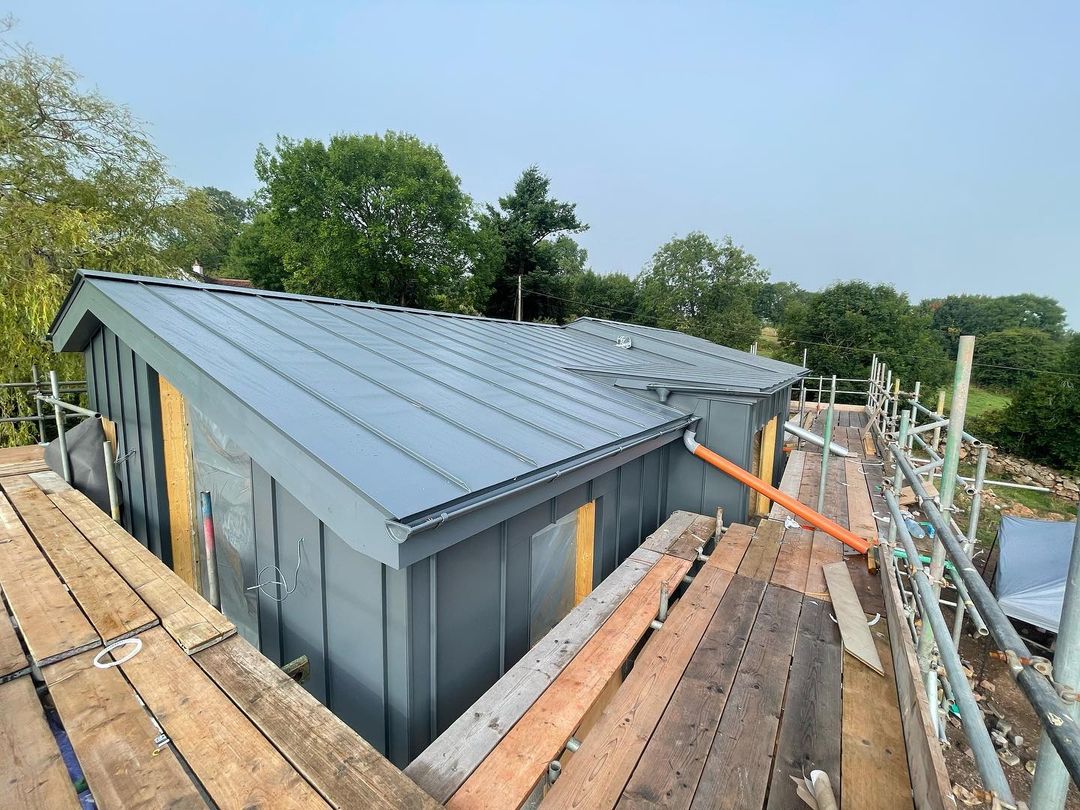In the realm of architectural design and construction, exterior cladding stands as a pivotal element that seamlessly combines functionality and aesthetics. As the first line of defense against the elements, exterior cladding not only shields buildings from harsh weather conditions but also plays a significant role in defining their visual appeal. This article delves into the importance of exterior cladding, its various types, and the benefits it brings to both residential and commercial structures.
Understanding Exterior Cladding
Exterior cladding is the protective layer applied to the exterior walls of a building. This layer serves multiple purposes, ranging from weather resistance and thermal insulation to enhancing the overall appearance of the structure. It acts as a shield against rain, wind, UV rays, and temperature fluctuations, thereby extending the lifespan of the building.
Types of Exterior Cladding
There are various materials used in exterior cladding, each offering distinct advantages in terms of durability, aesthetics, and maintenance. Some common types include:
- Metal Cladding: Metal cladding, often utilizing materials like aluminum or steel, is prized for its sleek and modern appearance. It provides excellent durability and is resistant to rot, insects, and fire.
- Wood Cladding: Offering a natural and timeless appeal, wood cladding brings warmth and character to a building. It is available in various wood species and finishes, allowing for a range of design possibilities.
- Vinyl Cladding: Known for its cost-effectiveness and low maintenance, vinyl cladding is a popular choice. It is resistant to moisture, pests, and fading, making it a durable and long-lasting option.
- Composite Cladding: Combining different materials, such as wood fibers and plastic, composite cladding offers a balance between aesthetics and functionality. It often mimics the look of natural materials while requiring minimal upkeep.
- Fiber Cement Cladding: Composed of cement, sand, and cellulose fibers, fiber cement cladding is known for its durability and resistance to fire, insects, and rot. It can emulate the appearance of wood or stucco.
Benefits of Exterior Cladding
- Weather Protection: The primary function of exterior cladding is to protect the building from the adverse effects of weather conditions. Whether it’s rain, snow, or intense sunlight, the cladding acts as a barrier, preventing moisture infiltration and ensuring the structural integrity of the building.
- Enhanced Aesthetics: Beyond its protective role, exterior cladding significantly contributes to a building’s visual appeal. The choice of material and design can transform a mundane structure into a visually striking masterpiece, reflecting the owner’s taste and the architectural style.
- Energy Efficiency: Certain types of exterior cladding, such as insulated cladding systems, contribute to the building’s energy efficiency. By providing additional insulation, cladding helps regulate indoor temperatures, reducing the need for excessive heating or cooling.
- Increased Property Value: Well-designed and properly installed exterior cladding can increase the resale value of a property. Potential buyers are often drawn to aesthetically pleasing and well-maintained exteriors, making cladding a valuable investment.
In conclusion, exterior cladding is an integral component in both the functionality and visual appeal of buildings. Whether renovating an existing structure or constructing a new one, careful consideration of the type of cladding used can result in a harmonious blend of style, durability, and protection against the elements. As architecture continues to evolve, exterior cladding remains a timeless and indispensable aspect of modern building design.
